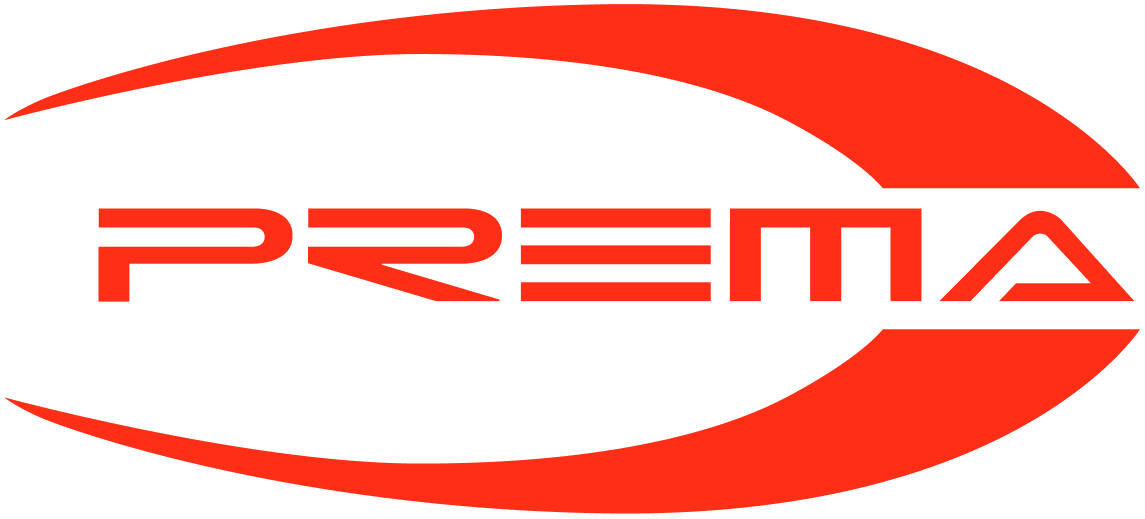Businesses that need a lot of compressed air – from garages to workshops to production facilities – often turn to rotary screw compressors.
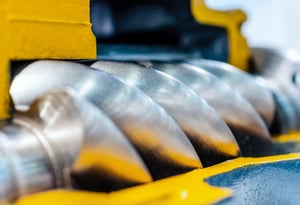 And why not? Compared with reciprocating machines, they offer greater energy efficiency, higher air capacity for the size, and more uptime.
And why not? Compared with reciprocating machines, they offer greater energy efficiency, higher air capacity for the size, and more uptime.
However, the truth about rotary screw compressors is not as rosy as the industry would have you believe. These machines have their own particular design flaws — flaws that result in serious issues including air leakage, oil carryover, overheating, maintenance demands, and durability problems.
Whether your business is switching from a reciprocating compressor or replacing an old rotary screw machine, it’s important to know the ins and outs of the limitations inherent in rotary screw technology before you make your choice.
Rotary screw technology suffers from a fundamental design flaw: As screw rotors revolve, they create “blow holes” — gaps between the rotors and the cylinders that run the length of the rotors from suction to discharge. As air is lighter than oil, and screws use the oil to seal the gap between the rotors and cylinder walls, the gas percolates up through the fluid into that sealing gap and then recirculates from the high pressure discharge end back to the low pressure suction end. This produces constant internal air leakage, resulting in continual, unavoidable energy losses.
To compensate for this flaw, rotors must run at high rotations-per-minute (rpm) to meet the ideal high (and inherently inefficient) “tip speeds” to minimize the recirculatory losses. The higher speeds translate into additional energy losses by way of friction-induced heat waste.
To minimize air leakage, rotary screw machines must also maintain minimal rotor-to-endplate and rotor-to-cylinder wall clearance requiring high axial accuracy. Each is supported by four (4) roller, ball or tapered roller bearings to set endplate and cylinder clearances. Most rotor bearings carry a B-10 life of 50,000 hours of service before replacement.
In addition, each rotor has a set of thrust bearings affixed to the discharge end of the male and female rotor shafts. Each time the compressor pressure drops, it “loads” the pump and creates discharge pressure. The discharge pressure forces push back toward the suction endplate. When maximum pressure is achieved, it “unloads.” This removes the higher discharge pressure forces equalizing the pressure across the length of the rotors.
This causes the rotors to chuck back and forth with each “load” and “unload” cycle causing continuous wear on the thrust bearings. As thrust bearings wear it gradually changes the tolerance gap at the suction and discharge endplates until losses of efficiency or undesired metal-to-metal contact require an airend overhaul to replace the bearings or a new airend if the bearings fail prior to rebuild.
Inlet control schemes and air storage volume directly affect airend bearing life cycles which can require replacement in as little as 20,000 hours. The deteriorating performance of screw airends require new bearings with an average service life of between 35,000 and 40,000 hours before a major overhaul is needed.
Moreover, the performance of rotary screw machines deteriorates over time as components undergo natural wear and internal air leakage increases.
Screw compressors are, as mentioned, structurally prone to wear and component degradation, which affects everything from the bearings to the belts and sheaves or gearbox to the rotors – and even the stator.
With as many as seven bearing sets required to mitigate the high axial thrust, replacement is no easy (or inexpensive) task. As the bearings wear, the rotors will struggle and ultimately fail to maintain clearance within the cylinders, necessitating air end replacement. Replacement typically requires flushing the lubrication system of metals from the deteriorated bearings, new oil, oil filter, air/oil separator filter, freight, labor and even compressor rental for up to a month before you are back in service. The end result? You’ll spend between 40% and 50% of the cost of a brand new unit to put it back in service.
Rotary screw machines are also naturally disposed to high oil carryover, prompting more frequent filter replacement, and residual damage to other system components like piping and pneumatic tools. Parts are manufactured on-demand and can take weeks to ship, often leaving customers’ operations crippled while they wait.
The innovative, brilliantly simple design of rotary vane compressors makes for low operating costs, exceptional durability, unrivaled performance, and machines that fundamentally outperform their rotary screw counterparts by a life cycle factor of 2 or 3:1.
Rotary vane air compressors employ sliding vanes that ride on a thin film of oil against the stator wall to create a near-perfect seal on each compression chamber, meaning no air leakage from a “blowhole” effect. Vane rotors can thus be run at considerably slower speeds (typically ¼ to ½ that of a screw), resulting in lower residual heat losses, and greater energy efficiency.
Where there are up to seven tolerance critical bearings in a screw airends, there are zero bearings in a vane. The shaft journals ride on that same thin film of oil that the blades run on in eliminating the need for ball, roller or tapered roller bearings. In essence, each oil change in a vane is akin to putting new “bearings” in the pump. This translates into an exceptionally long and incalculable life cycle.
Rotary vane compressors can easily operate for at least 100,000 hours with no wear at all. Some Mattei compressors can last over 230,000 hours. And the vane air end tolerances do not degrade over time - they actually improve with time, meaning better air making performance and, energy efficiency actually improves over time as the blades season. This results in improvable performance and the elimination of tolerance degradation energy losses that plague screws.
Servicing, assembling and dismantling Mattei compressors can be carried out quickly and easily using standard tools, making fault diagnosis swift and simple. And since vane compressors use bushings instead of bearings, replacement is far less frequent, and far less expensive. Moreover, parts are inexpensive enough that dealers often carry them on the shelf, making replacement fast, and the impact to your business’ operations minimal.
Rotary screw compressors and rotary vane compressors — both employ rotors for volumetric air compression. But the differences end there. Nominally similar, functionally canyons apart, rotary vane technology is about as different from rotary screw technology as rotary screw is from reciprocating machines.
If you’re in the market for an air compressor, or you’re currently using a rotary screw machine, you might want to consider investing in a Mattei rotary vane air compressor. With significant energy and time savings, reduced maintenance demands, and reliable, contaminant-free air, Mattei’s rotary vane industry-leading technology has been delivering for its customers for over two decades.

Mattei offers a wide range of vane compressor models that perfectly meet the specific needs of the transport industry.

The reliability of Mattei compressors, the high quality standards of the delivered compressed air and the compliance with the industry regulations, make them ideal to be used in the healthcare and pharmaceutical industry.

Reduced operating costs, environmental sustainability and extreme purity of the air supplied make Mattei compressors suitable for all processes in the food industry.
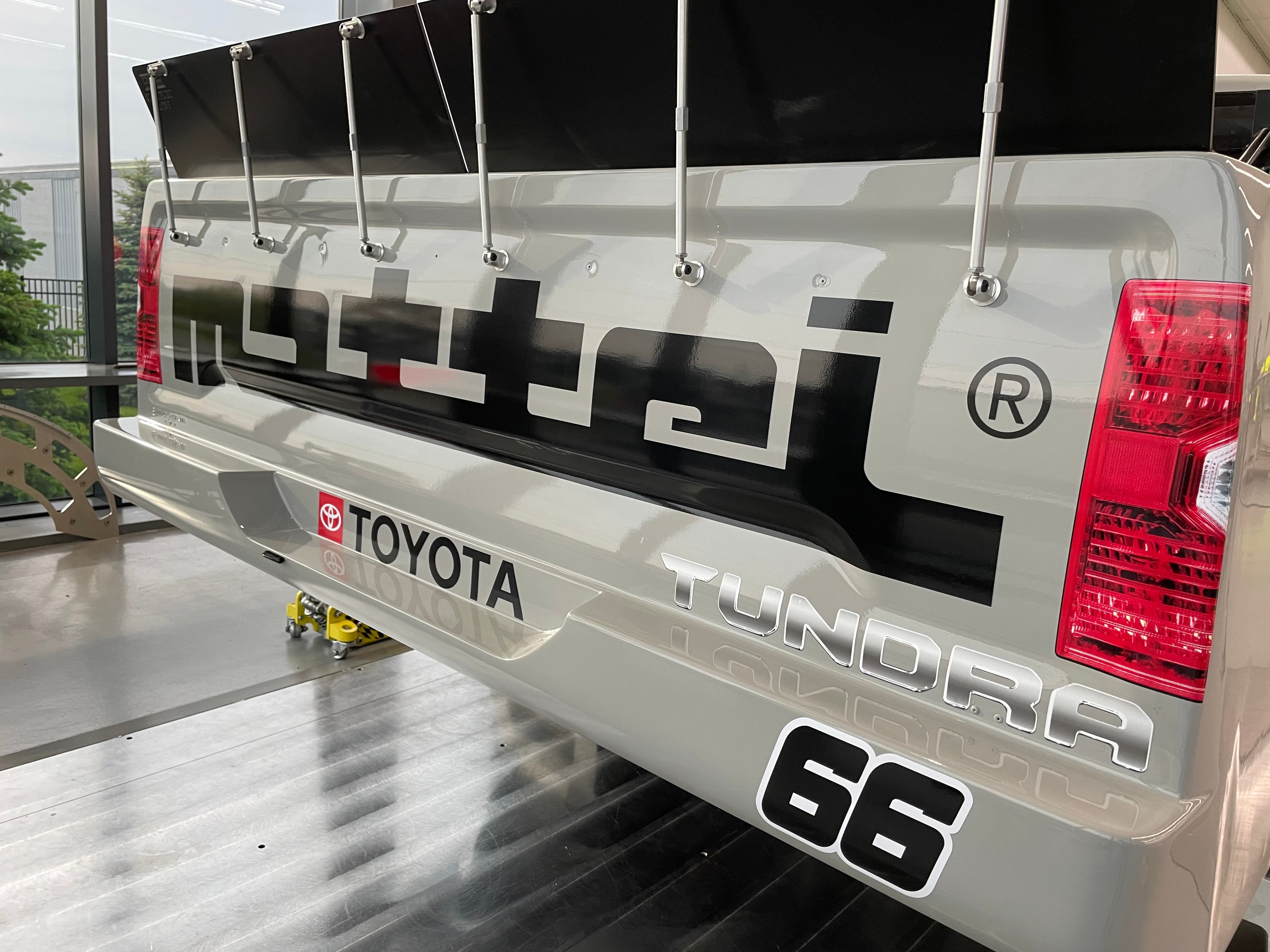
Good luck ThorSport Racing. Waiting to watch the racing!
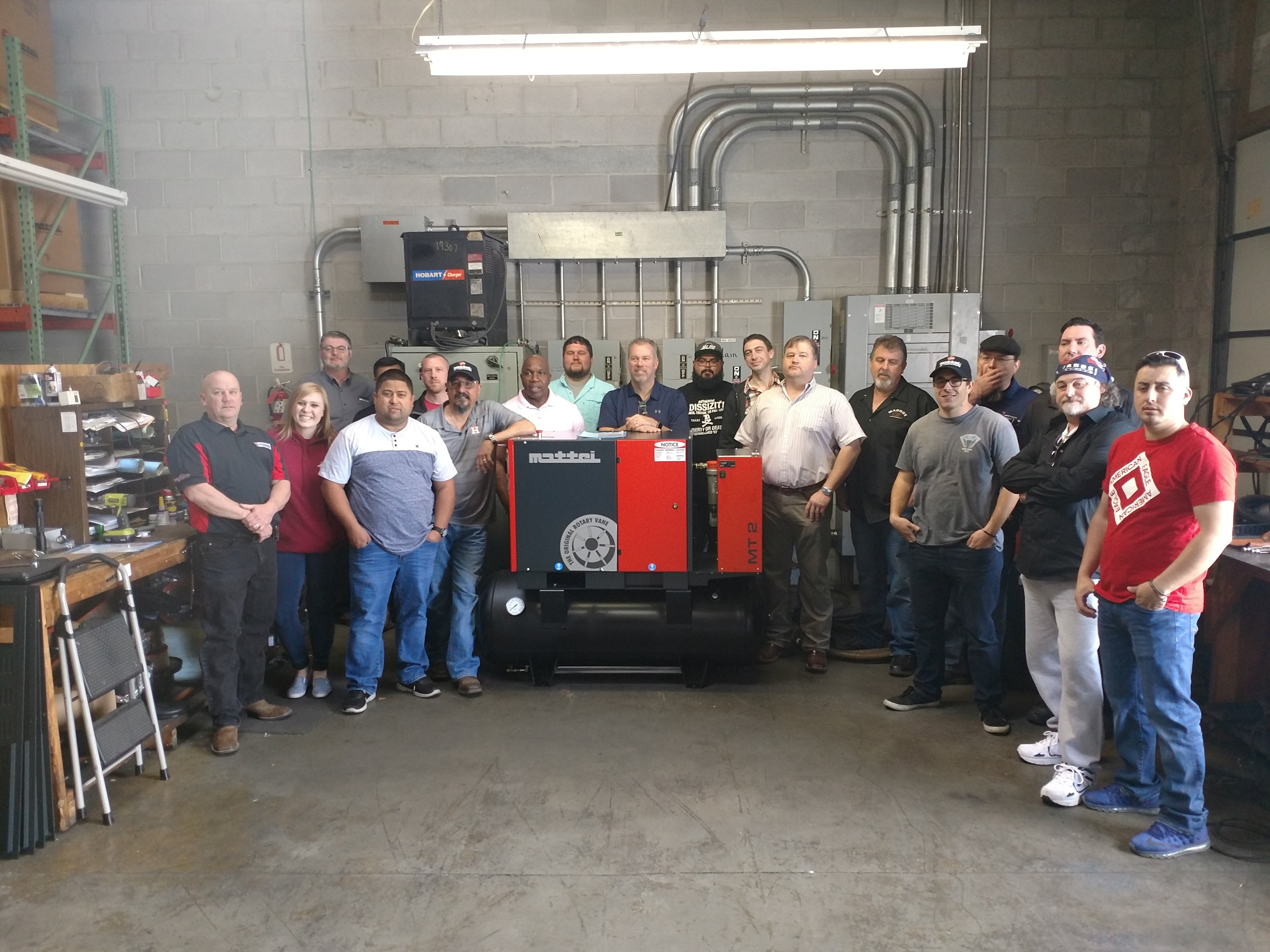
We recently held our Spring 2018 Service School for distributors. The school graduated 17 participants from both the sales and service sides.

Today, Mattei Compressors, Inc., announced the recipients of its 2017 Distributor Awards. These distributors went above and beyond to provide high-quality service to Mattei customers over the past year.
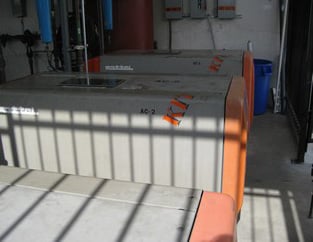
Helix Medical, LLC is widely regarded as a premier supplier of biocompatible silicone medical devices and components to the medical device, pharmaceutical and biotech industries.
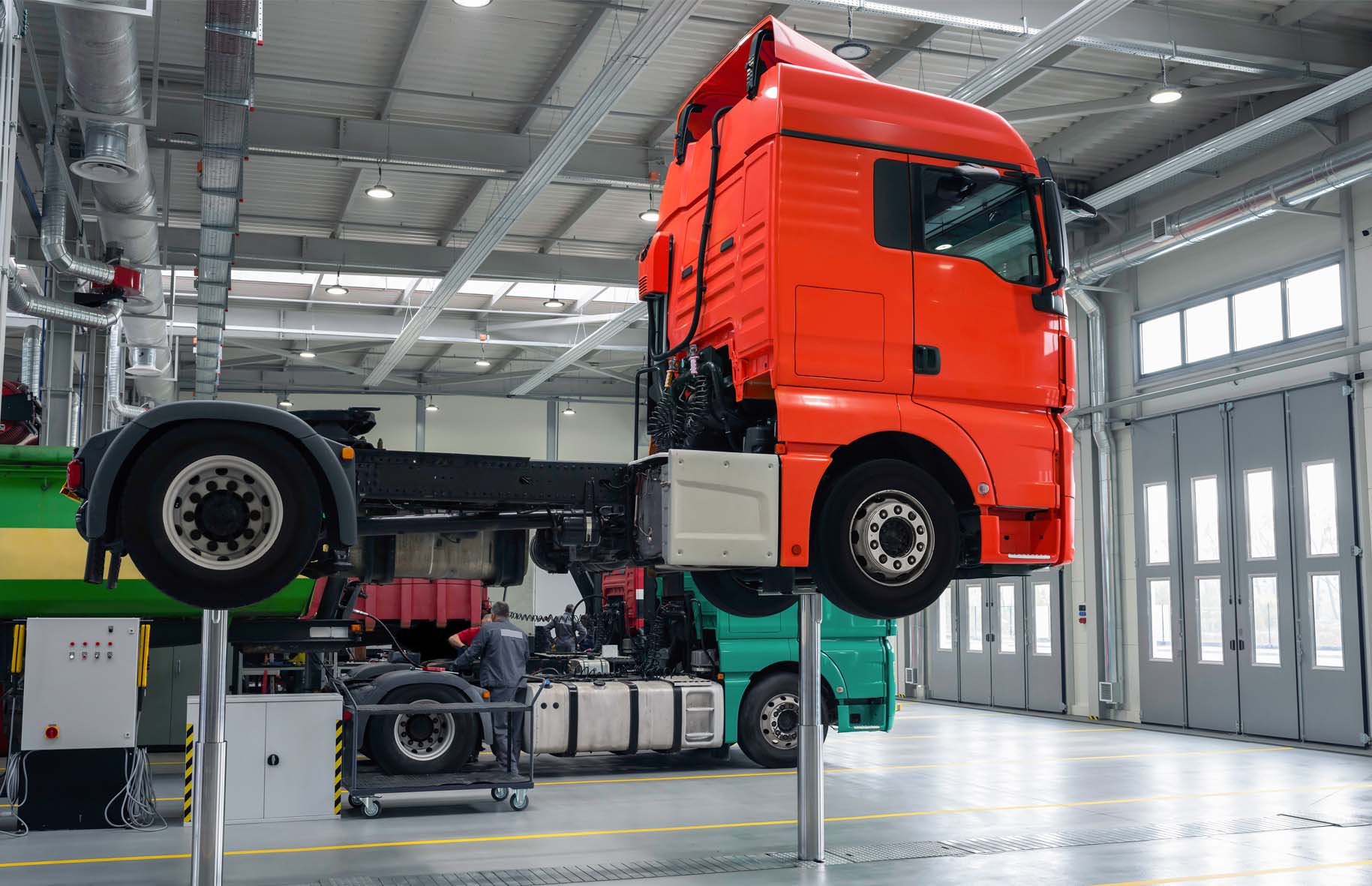
John Baker Sales, a Mattei distributor located in Colorado, worked very closely with Transwest to ascertain the company’s needs prior to making a product recommendation.

